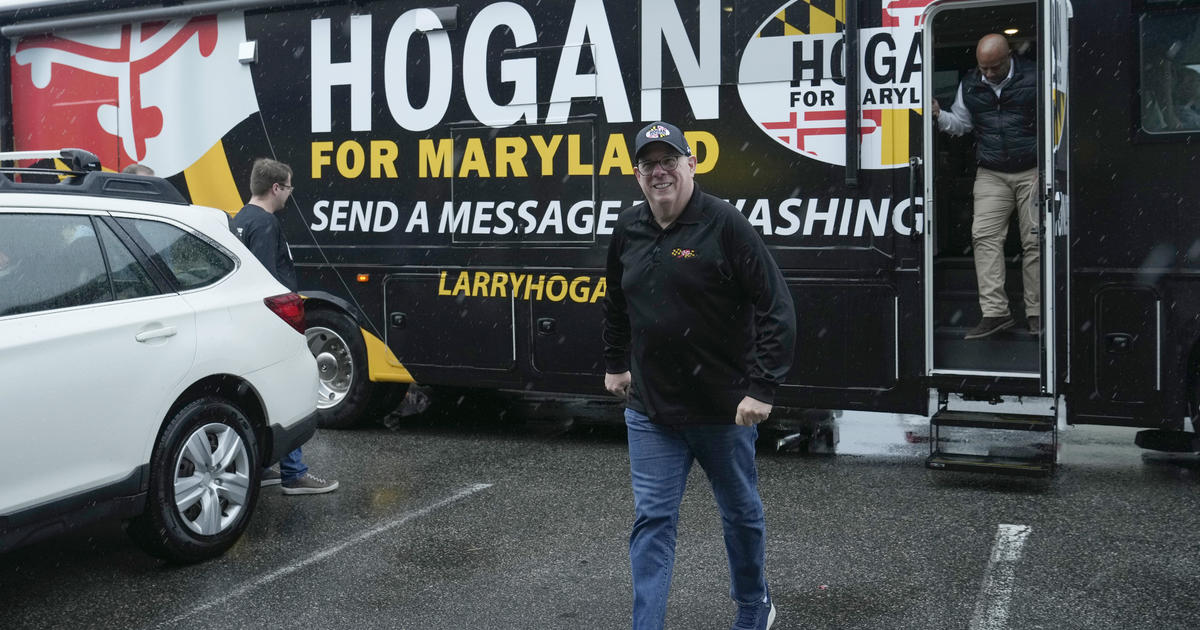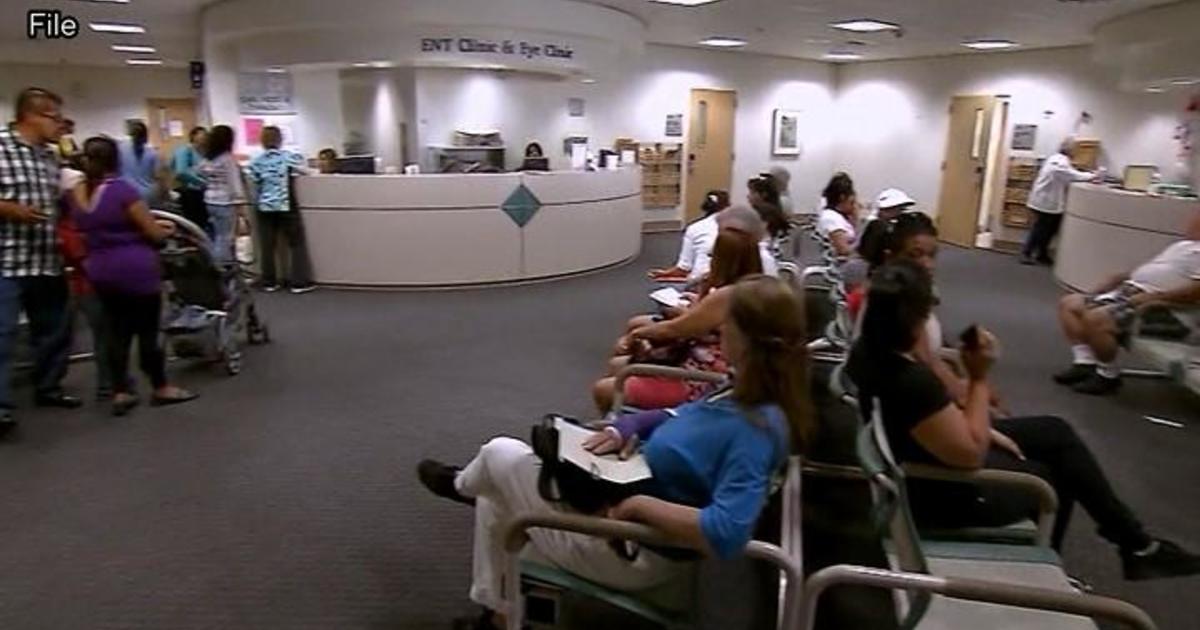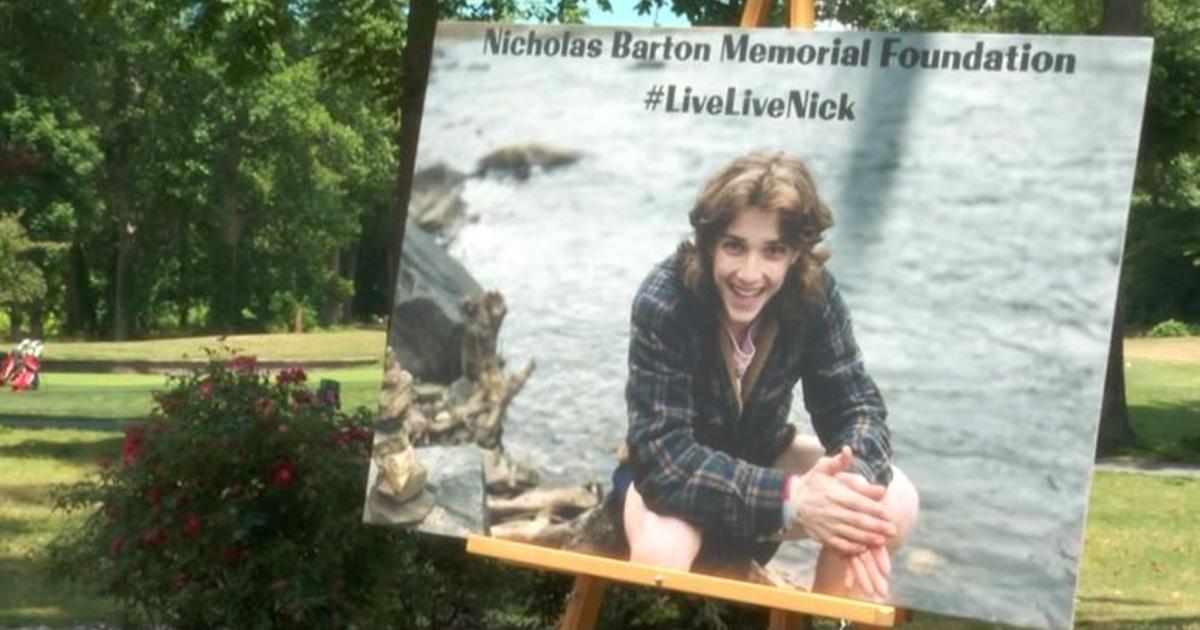National Cathedral's Preservation Needs Top $50M
WASHINGTON (AP) -- It's where the nation's capital gathers to mourn, to pray and to seek comfort during tragedies. Now the Washington National Cathedral needs help weathering its own financial emergency.
The church has long been a spiritual center for the nation, drawing hundreds of thousands of visitors and worshippers each year. It's the burial site of President Woodrow Wilson and for Helen Keller. It's hosted funeral services for Gerald Ford, Ronald Reagan and other presidents. And during ordeals such as the Sept. 11 attacks, it's been a place for interfaith reflection.
But the Episcopal cathedral is facing one of the worst financial binds of its 105-year-old history. An earthquake in August severely damaged its intricate stone work and architecture, with repair costs estimated at $20 million. Aside from that damage, the structure faces $30 million in preexisting preservation needs.
Even before the earthquake, a financial crisis forced the cathedral to slash its operating budget from $27 million to as little as $13 million in recent years and cut paid staff from 170 full-time employees to 70. The church relies heavily on donations to fund its operations.
Still, cathedral officials say the financial problems won't close the church. The building is stable, and repairs will be made as funds are available.
"It may take five years. It may take 10 years. It might take 20 years. But we will do this, with God's help," said Andrew Hullinger, senior director of finance and administration.
Cathedral officials tell The Associated Press they are partnering with the National Trust for Historic Preservation to boost its national marketing and fundraising efforts, while they also pursue efforts of their own to increase visitor traffic and donations. The formation of the partnership helps offset the news that a request for repair money was recently rejected by the Federal Emergency Management Agency.
The National Trust is designating the cathedral a "national treasure" that is critically threatened. The trust expects to donate hundreds of thousands of dollars in staff time for consulting and technical expertise.
"So many people see the cathedral as the landmark in Washington that it is in the nation's daily life, but they don't often think about what it takes to preserve a place like that," said David Brown, the trust's executive vice president.
Since the earthquake, fundraising for operations has outpaced donations for repairs. Officials recently announced they had raised $2 million for earthquake repairs and $5 million for the annual operating budget, inching toward recovery.
Months after the 5.8-magnitude earthquake, scaffolding remains atop the 330-foot central tower-- a reminder of the pinnacles and hand-carved stonework that cracked and crashed onto the roof. Much of the damage occurred on older parts of the gothic church built in sections over 83 years, beginning in 1907.
The resident head stonemason, Joseph Alonso, has called it "one big piece of sculpture" because of its hand-carved architectural details. Uniquely American touches include a moon rock showcased in a stain glass window and a sculpture of Darth Vader, designed by a child.
More than 2 tons of stonework have been removed from the highest tower to be repaired or replicated. Major cracks also formed during the earthquake, and mortar rained down from the 100-foot-high ceiling inside. Safety nets still stretch overhead even as services have resumed.
Mayor Vincent Gray requested $15 million in FEMA funds under a disaster declaration, but cathedral officials withdrew their application after studying FEMA guidelines that generally bar direct aid to religious institutions.
Even before the earthquake, mortar was cracking in the oldest sections. Repointing the building will likely cost at least $5 million. Interior preservation work is needed on doors, metalwork and stained-glass windows. Mechanical and plumbing systems need repairs. Refurbishing the massive organ could cost as much as $15 million.
"The dollars are big-- this cathedral was built on that kind of effort," said Kathleen Cox, the cathedral's chief operating officer. "It's just one foot in front of the other, and you keep going."
There is no steady stream of revenue from the government or the Episcopal Church for the church that draws about 200,000 visitors and 300,000 worshippers a year. It has long relied on donors for its annual budget, along with interest from a modest endowment. This year, it must raise $10 million for its operating fund.
The cathedral, first envisioned by President George Washington and architect Pierre L'Enfant, was built on one of the city's highest points.
Episcopalians took in donations from around the country to fund construction. At one point, the National Cathedral Association had nearly 35,000 members. But in the 1990s and early 2000s, the cathedral was considered complete, and the association was disbanded.
Leaders had built a dedicated congregation and felt the finances were strong enough to incur some financial risk, Cox said. For example, the cathedral agreed with the schools that share its property to finance and build a $34 million garage that was completed in 2007. They expected to recoup most or all of the construction costs with parking fees over 30 years.
Then came the Great Recession, and the garage debt became a drag. The cathedral is devoting more than $500,000 a year in its budget to the garage, setting aside some funds to prepare for higher principal payments that will come due in 2017.
Declines in the endowment and in donor support as the stock market tumbled also led the church to cut back on growth and refocus on core services in 2008 and 2009. Dozens were laid off.
Since the financial crisis, the cathedral has begun rebuilding its donor base, said Cox, who was formerly CEO of the Corporation for Public Broadcasting. Officials have restarted the National Cathedral Association, which now includes about 5,000 members.
To help fund a 10th anniversary commemoration of Sept. 11, the cathedral sought a corporate sponsor, Lockheed Martin, for the first time.
Since it reopened in November following the earthquake, visitors encounter a new experience. A new welcome counter lists fees for $10 audio tours and specialty tours focused on its stained glass, gargoyles and other features. Visitors are asked for a contribution of at least $5 for a basic tour, replacing a single donation box.
So far, visitors are giving an average of about $3 per person, nearly double what the box elicited. Cox said visitors have responded positively to the new approach to contributions.
It also hopes its partnership with the trust will help it tap donations from foundations focused on historic sites.
The earthquake simply crystalized the need, Cox said, "to be taking fairly dramatic and aggressive steps to find a way to fund this cathedral for the future and for its preservation."
(Copyright 2012 by The Associated Press. All Rights Reserved.)



